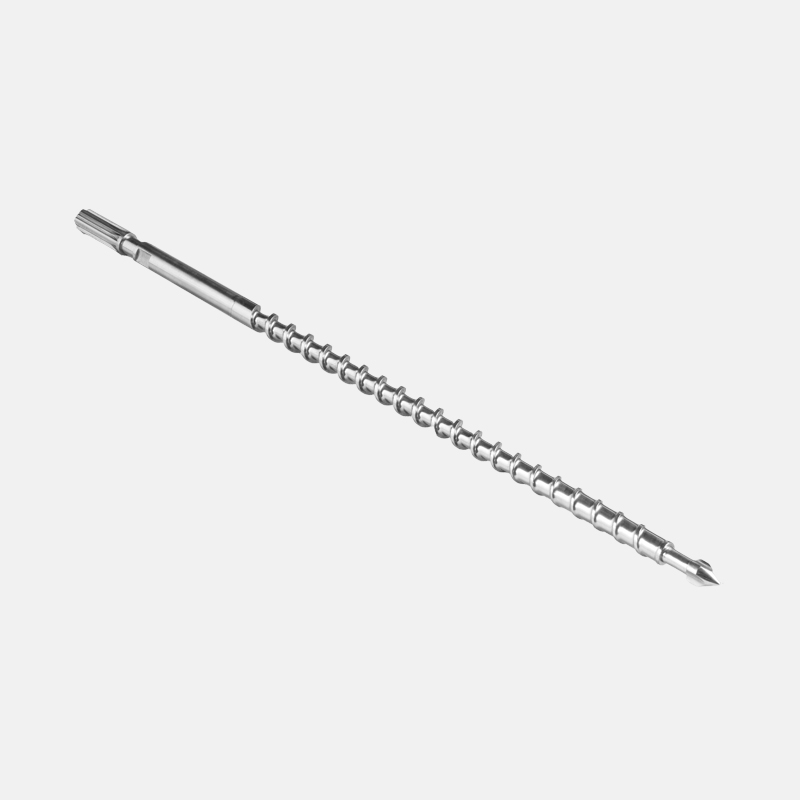The temperature control device of the rubber extruder includes three heaters connected side by side and a heating wire arranged in the heater. The two ends of the heater are respectively connected with a water inlet pipe and a water outlet pipe, and the water inlet pipe and the water outlet pipe are connected to the Constant temperature water tank; when the heating wire in the heater is energized and heated, each heater can reach a different temperature, so that the internal rubber melts.
When the temperature in a certain heater is too high, the heat can be taken away through the circulation of the flowing water in the water pipe without oil temperature machine, energy saving and environmental protection and easy to operate. The twin-screw extruder barrel cooling device includes an oil tank with a built-in heat-conducting oil, a high-temperature oil pump is connected to the oil tank, the inlet end of the high-temperature oil pump can absorb the heat-conducting
Conical twin screw barrel oil from the oil tank, and the output port of the high-temperature oil pump passes through a high-temperature electromagnetic.
The valve is sequentially connected with an oil filter, a spiral cooling groove in the barrel of the twin-screw extruder, and a high-temperature oil cooler, and the other end of the high-temperature oil cooler is connected with the oil tank. Compared with the prior art, the advantages are that the heat-conducting oil is used for circulating cooling, the noise is small, the cooling capacity can also meet the requirements of large extruders, and it will not cause rapid cooling, and will not disturb the stable flow of plastics, and water cooling is easy to generate. Scale plugs the pipeline.
A rubber and plastic screw rotary injection molding device for rubber and plastic machinery, which has a barrel, a screw, a die of the die, and a mold, and is characterized in that a flow channel is formed between the die of the die and the conical screw head. , nozzles and other components of the injection molding device. The advantages are simple structure, small volume, low energy consumption, reduced equipment cost and product cost, improved product quality, and realized injection molding of large-scale, high-viscosity material products.

 English
English 简体中文
简体中文 España
España عربى
عربى








